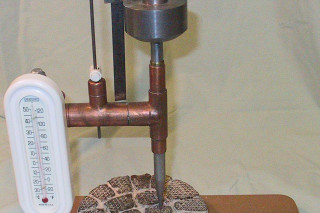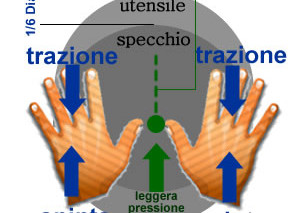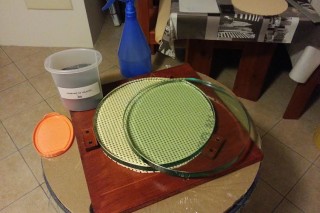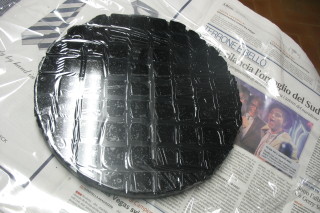Analysis of strokes 1/3D c.o. c. (Everything you need to know who does not stop at the "come and go" of the glasses)
Past 1 / 3D c.o.c, alias the forward-backward centered race (or, all’americana: “center over center”), processing for abrasion, amplitude equal to one third of the mirror diameter, in which scratching of the glass is used to make a mirror (for example parabolic) is, with patience, UNIVERSAL WINNING WEAPON. Like the: The acquired new life




